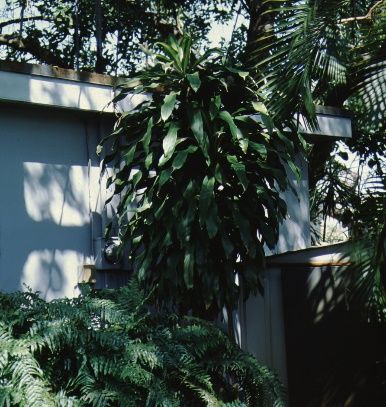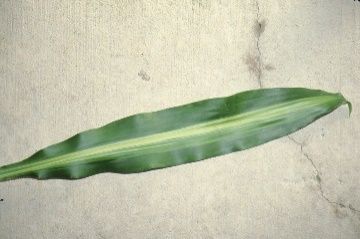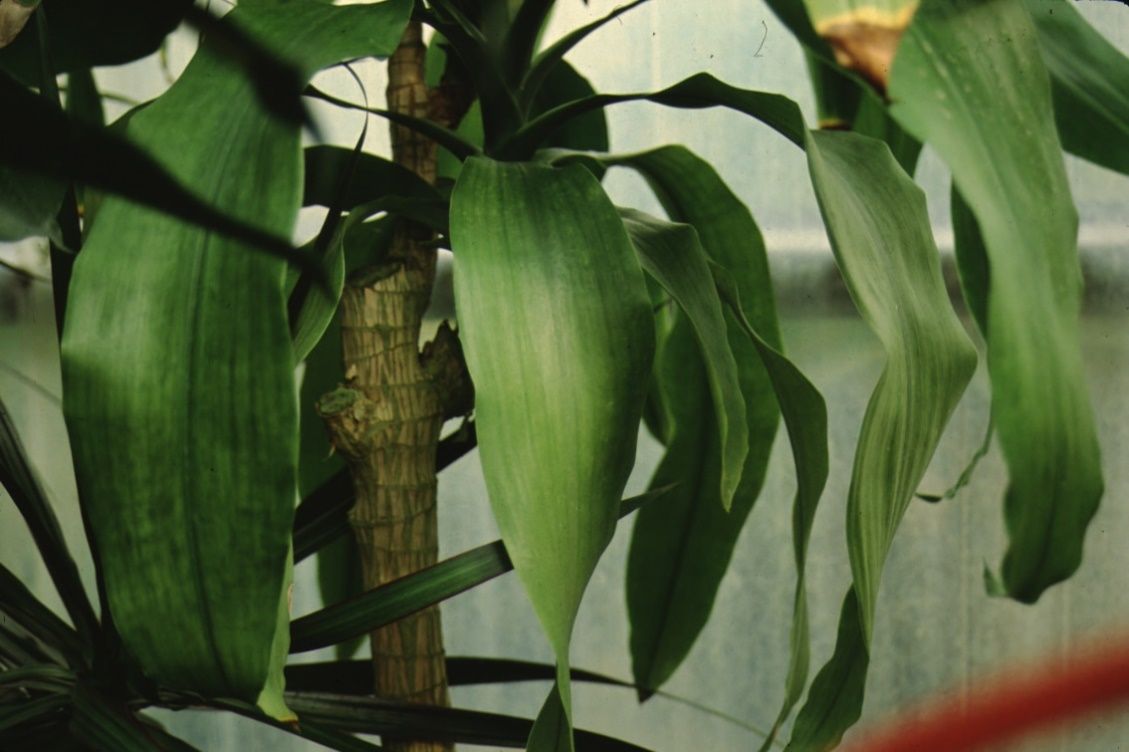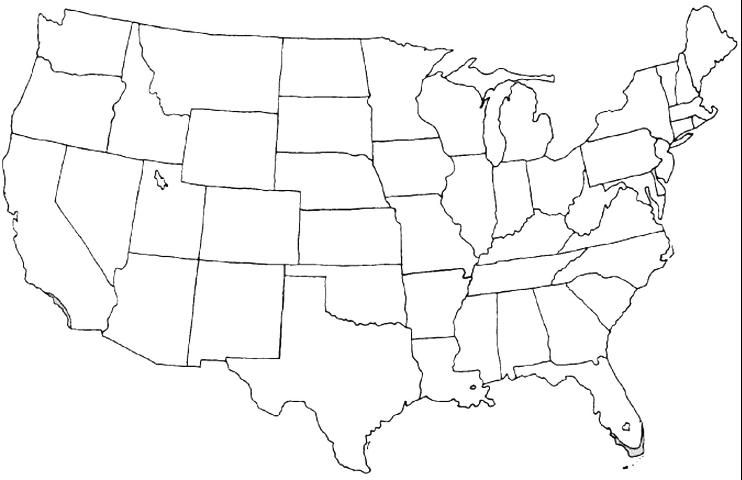Introduction
The upright, multiple, unbranched stems of corn plant, with rosettes of arching, broad evergreen leaves have a wide, central yellow stripe, and form a heavy but graceful tropical clump, suitable for low-maintenance container culture or specimen planting. Mass plant on two-foot centers for a coarse textured, clumping effect. Extremely fragrant flowers are occasionally produced and open during the night.

Credit: Edward F. Gilman, UF/IFAS

Credit: Edward F. Gilman, UF/IFAS

Credit: Edward F. Gilman, UF/IFAS
General Information
Scientific name: Dracaena fragrans 'Massangeana'
Pronunciation: druh-SEE-nuh FRAY-granz
Common name(s): corn plant, fragrant dracaena
Family: Agavaceae
Plant type: shrub
USDA hardiness zones: 10B through 11 (Figure 4)
Planting month for zone 10 and 11: year round
Origin: not native to North America
Invasive potential: not known to be invasive
Uses: mass planting; specimen; container or above-ground planter; suitable for growing indoors; accent
Availability: generally available in many areas within its hardiness range

Credit:
Description
Height: 5 to 15 feet
Spread: 2 to 3 feet
Plant habit: upright
Plant density: open
Growth rate: slow
Texture: coarse
Foliage
Leaf arrangement: spiral
Leaf type: simple
Leaf margin: undulate
Leaf shape: linear
Leaf venation: parallel
Leaf type and persistence: fragrant
Leaf blade length: 18 to 36 inches
Leaf color: variegated
Fall color: no fall color change
Fall characteristic: not showy
Flower
Flower color: white
Flower characteristic: pleasant fragrance; flowers periodically throughout the year
Fruit
Fruit shape: round
Fruit length: less than .5 inch
Fruit cover: fleshy
Fruit color: unknown
Fruit characteristic: inconspicuous and not showy
Trunk and Branches
Trunk/bark/branches: showy; can be trained to grow with a short, single trunk; typically multi-trunked or clumping stems
Current year stem/twig color: not applicable
Current year stem/twig thickness: not applicable
Culture
Light requirement: plant grows in the shade
Soil tolerances: clay; sand; acidic; slightly alkaline; loam
Drought tolerance: moderate
Soil salt tolerances: poor
Plant spacing: 18 to 24 inches
Other
Roots: usually not a problem
Winter interest: no special winter interest
Outstanding plant: not particularly outstanding
Pest resistance: long-term health usually not affected by pests
Use and Management
Corn plant requires shade and is tolerant of drought and a wide variety of soil types, though preferring an organic soil. Do not overwater as root rot can cause plant death. The cane of the corn plant is usually cut into various lengths and rooted into a container in the nursery. Two to several stems grow from the top of the cane cutting, creating a multiple head of foliage. Individual leaves can last several years on the corn plant.
Propagation is by tip cuttings.
Pests and Diseases
Mites, thrips, and chewing insects are a problem.
Corn plants are sensitive to leaf spot diseases and root rot.